Gillette Stories
Gillette Stories
At Gillette Children's we help every child in our care live a life defined by dreams, not diagnosis. Here you will find stories of inspiration and triumph and joy. Learn more about our work with patients and families that don't give up as we help every child live their story. Gillette Stories Magazine


Cerebral Palsy
Expanding Cerebral Palsy Knowledge with Three New Books
March 11, 2025With more than a century of unwavering commitment and expertise in cerebral palsy care, Gillette Children’s—through our Cerebral Palsy Institute—is a global leader in clinical excellence, pioneering research, and advocacy. In December 2024, we reached a new milestone with the release of three books as part of the Gillette Children's Healthcare Series, each focusing on a different type of cerebral palsy: Spastic Hemiplegia, Spastic Quadriplegia, Spastic Diplegia, second edition
Read More
Cerebral Palsy
Developmental Evaluation Clinic Provides a Powerful Team of Experts
March 7, 2025 Read More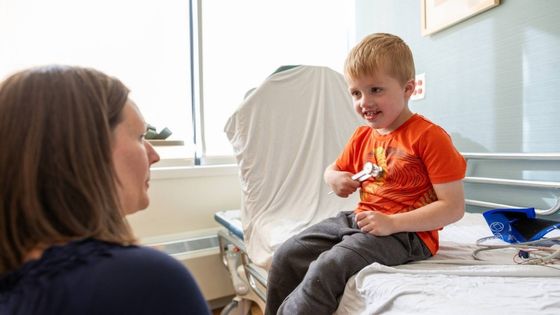
Rare Disease
Gillette’s Global Partnership Advances Care for Rare Disease
March 3, 2025Over 400 million people worldwide are estimated to live with a rare disease, and over half of those living with a rare disease are children. Gillette Children's has partnered with the International Hospital Federation (IHF) to form the Global Rare Paediatric Disease Network (GRPDN), a groundbreaking initiative aimed at improving care for children with rare diseases worldwide.
Read MoreGet Gillette Stories in your inbox!
Stay “in the know” with our Gillette Stories! Receive the latest stories and news from Gillette delivered straight to your inbox..
Gillette Stories Magazine
Find out more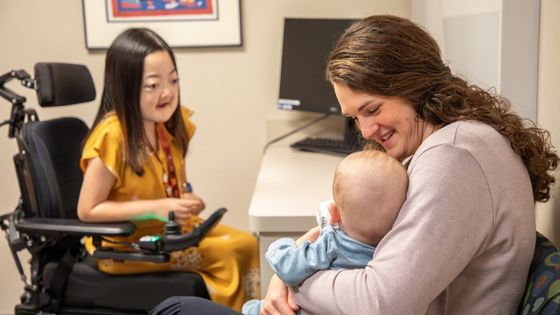
Rare Disease
What is Pediatric Genetic Counseling at Gillette Children’s
March 3, 2025Gillette Children’s is expanding its team of expert genetic counselors to help you find answers and make informed decisions about genetic testing and discover how a rare genetic disease might affect your child. Gillette provides solid information and support.
Read More
Rare Disease
Gillette Children’s Announces 2025 Children’s Miracle Network National Champion
March 3, 2025ZaLayaa Jahzara Wandrick is 12 years old. She’s an excellent cook, crafter and loves science, soccer and coding, but for much of her life, has had to deal with multiple sensory and complex medical conditions. Gillette Children's is excited to announce ZaLayaa Jahzara has been named our 2025 Children's Miracle Network National Champion.
Read More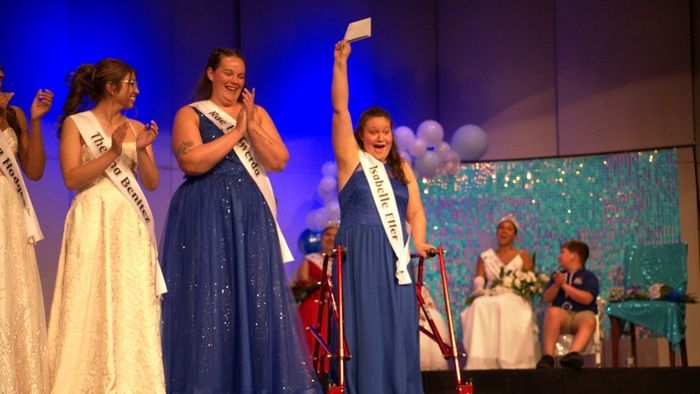
Cerebral Palsy
Greater Minnesota Health Care Brings Appreciation and Awards
March 3, 2025Gillette Children's is committed to providing care for children who live in Greater Minnesota and in rural areas. A 19-year-old longtime patient credits the support and cerebral palsy care she receives at Gillette as one of the keys to helping her compete in the Miss Willmar pageant and winning a title.
Read More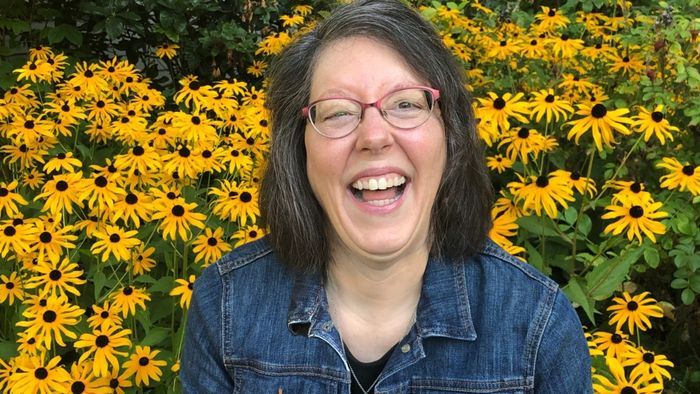
Cerebral Palsy
Lived Experience Boosts Research at Gillette
March 3, 2025Kari Pederson is collaborating with Gillette Children's research team to bring her personal experience and perspective to learnings that help inform care and reduce falls for children and adults who have cerebral palsy (CP).
Read More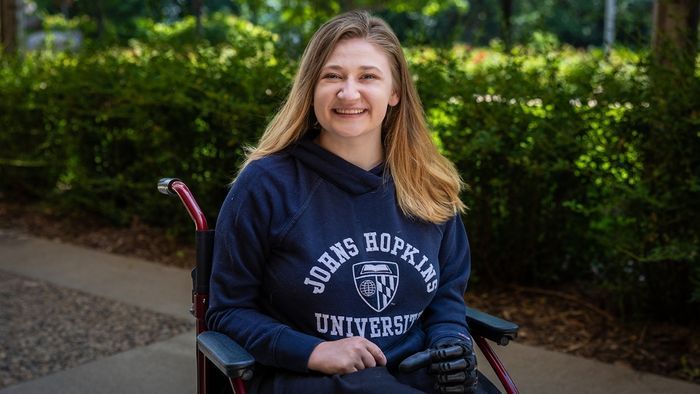
Patient Stories
Tips on Surviving and Thriving in College
March 3, 2025Johns Hopkins pre-med student and Gillette patient, Kate Ketelhohn, shares tips to help students who have health issues enjoy a successful college experience.
Read More
Innovation and Research
Past and Future Paralympic Athletes Get Care at Gillette
February 28, 2025The Paralympic Games are underway in Paris. Thirteen athletes with ties to Minnesota are competing in the games. Gillette Children's has a history of encouraging all people to participate in sports. Our strong therapeutic recreation program helps children find opportunities to stay physically active. The benefits of consistent physical activity include better weight control, improved heart and muscle strength and the opportunity to make new friends.
Read More
Cleft Lip and Palate
Cleft Lip and Palate Surgery for a “Rock Star”
February 28, 2025Ekler Is an 11-month old. Before he was born, an ultrasound exam showed his parents that he would be born with a cleft lip and palate. The expert craniofacial team at Gillette Children's to craft a custom treatment plan for their son.
Read More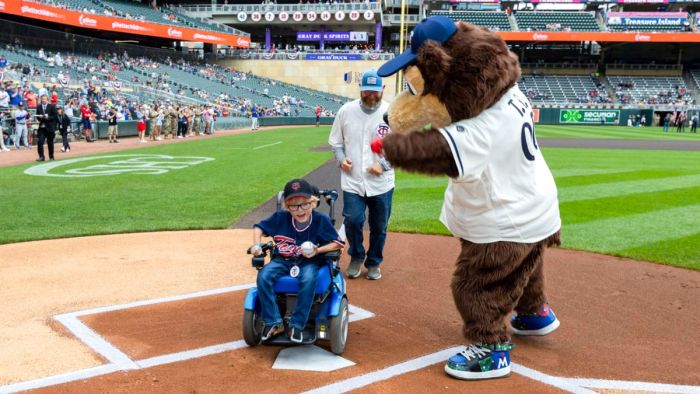
Genetic Conditions
Leo’s Pompe Disease Journey
February 25, 2025Leo St. Martin is Gillette Children's 2025 Children's Miracle Network Champion. He is all about sports. Baseball, football, hockey, soccer – you name it, he wants to play it. When he was an infant, Leo was diagnosed with Infantile Pompe disease, a rare genetic disease that leads to weakened muscles. His physical and occupational therapists helped get him into a power chair when he was just three, and they continue working with him, motivating him to make the impossible, possible.
Read More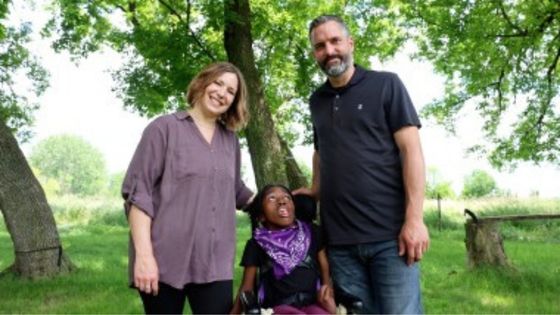
Cerebral Palsy
Research and Help for Chronic Pain
February 17, 2025Gillette Children's is a world leader in researching ways to improve the lives of people who have disabilities and complex conditions. Dr. Chantel Burkitt, PhD, and a team of clinical scientists are passionate about designing novel research studies to help shape future care and to discover ways to help people who are in chronic pain.
Read MoreHealth Library
Find education related to your condition, procedure, care at home, and more.
Search Health LibraryResearch
Gillette Research aims to improve treatment options for children who have disabilities.
Learn MoreNews
From innovations to innovators, Gillette Children’s shares our news as leaders in specialty care and research.
News Releases Home Page
Home Page
